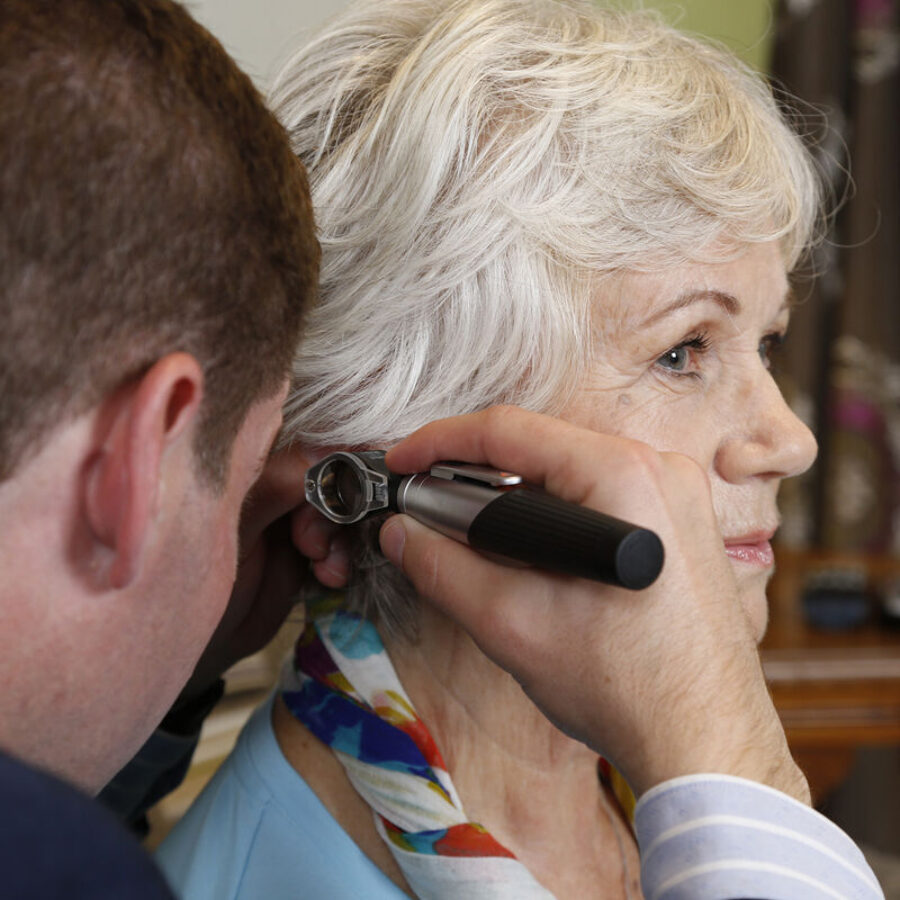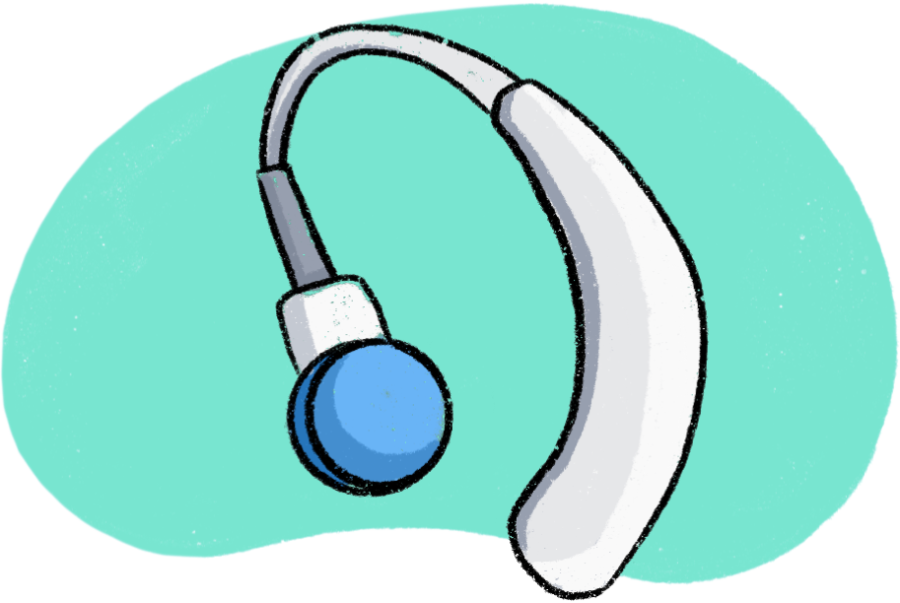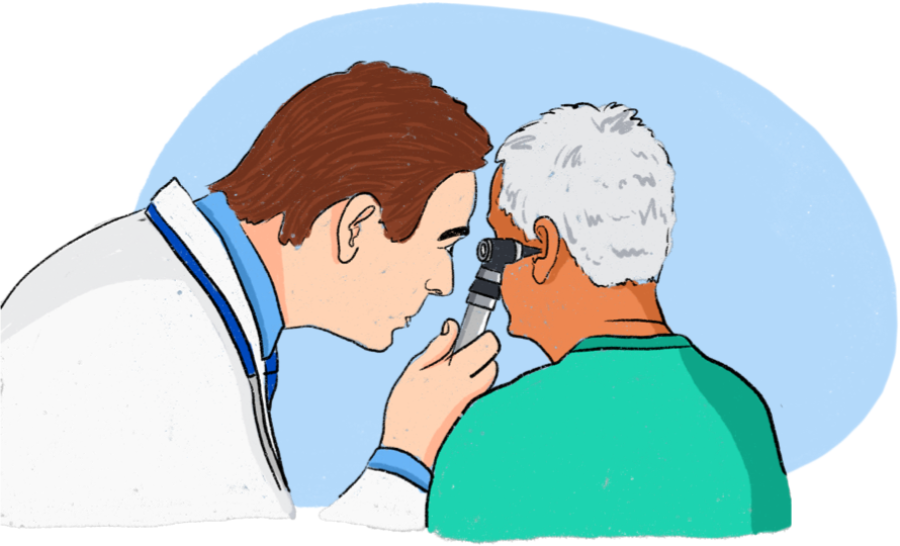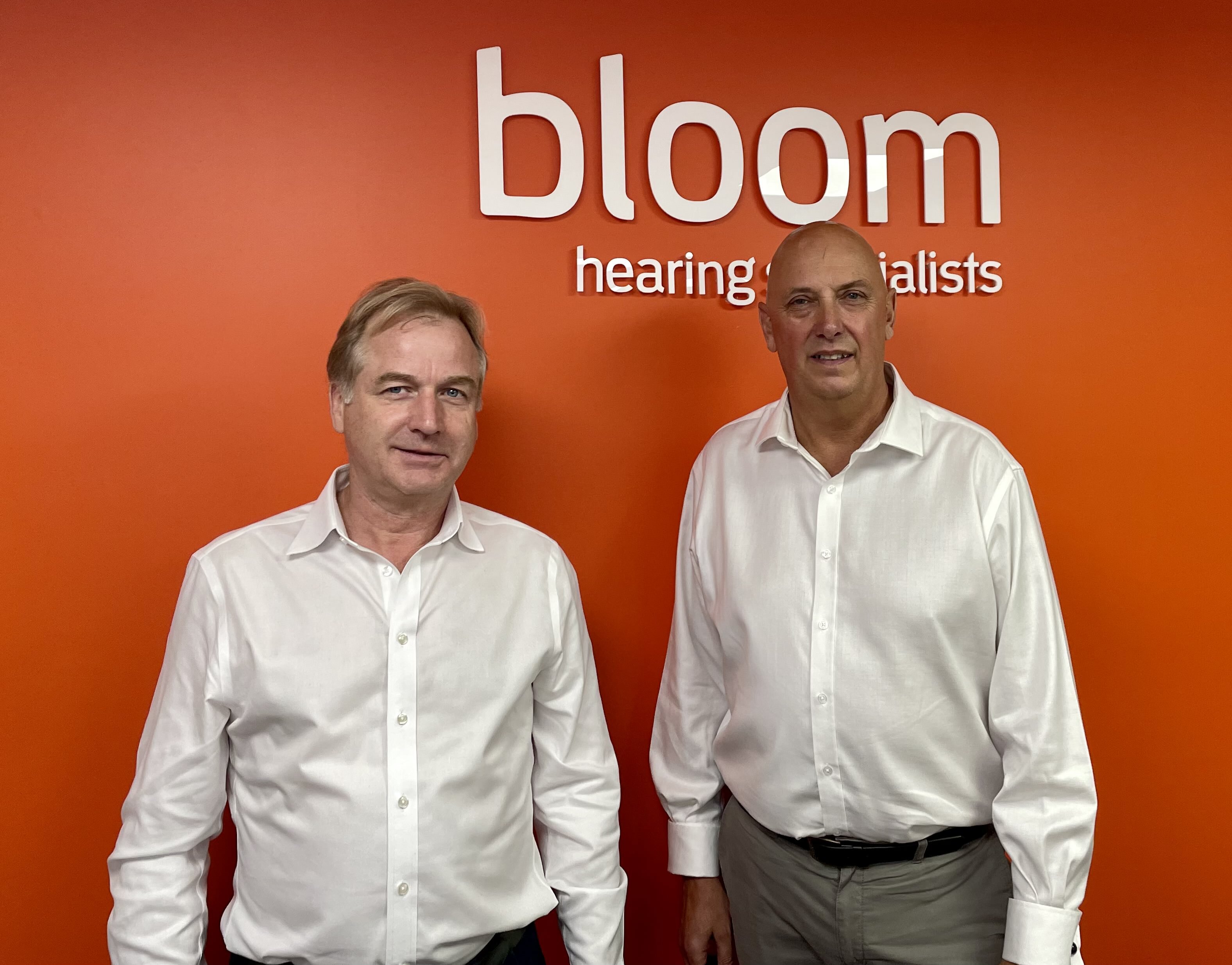Expert hearing care at home
Expert hearing care in the comfort of your own home. We'll test your ears, assess your individual needs, run through your options and help find the right hearing aids for you. Give your hearing the boost it needs.

Discover your hearing care service

Go Private
Our home hearing tests are free. If our hearing specialist finds that hearing aids will help, we offer a range of modern, discreet, digital hearing aids. Prices starts from as little as £1500 per pair. This includes delivery, fitting, and year-round aftercare.

Get NHS Funding
Depending on where you live, we may be able to offer you an NHS-funded test at home and NHS hearing aids, should you need them, all at no cost to you.
Book an NHS hearing test Freephone 0800 60 50 40
Free Online Hearing Check
If you’re unsure whether you need a hearing test, try our free and easy online hearing checker.

Explore Your Options
If you’re unsure about how to proceed speak with one of our friendly advisers who will be happy to help. They will talk through your options including NHS as we are contracted in many areas in England to provide NHS Hearing Services.
Freephone 0800 60 50 40Reviews
What people say means the world to us…
Hearing loss is more common than you think.
In fact, by the time people reach 70, it is estimated that around 70% experience difficulty with their hearing.
You might first begin to notice that you’re having trouble hearing people speak clearly, especially in noisy places. Or you might find yourself more frequently having to turn up the volume when you listen to music or watch television. This can be tiring and frustrating. Left untreated, it can lead to wider health issues.

Hearing loss is treatable
The good news is there’s no reason that hearing loss should stop you enjoying a vibrant and independent life.
You can take control. The key is to schedule a hearing test as soon as you begin to experience any issues, so that we can help you address the problem as soon as possible and make amends.

Trusted hearing specialists
Achieving the gold standard of excellence for hearing service delivery.
OutsideClinic is the only domiciliary audiology provider to have achieved the IQIPS standard which covers both our Private and NHS services.
Improving Quality in Physiological Services (IQIPS) is a professionally-led accreditation programme awarded by United Kingdom Accreditation Service (UKAS). It is a kite mark for high quality processes within a hearing care provider’s organisation. Strongly supported by NHS England, the Royal College of Physicians and recognised by the Care Quality Commission (CQC), accreditation brings national recognition with a badge of quality.
The Assessment Team takes a holistic approach to determine the service’s overall ability to consistently deliver the best possible diagnosis and care to its patients and users. The standards which have to be met run to 30 pages and are assessed on an annual basis.
Your hearing is in safe hands with OutsideClinic.

Your home hearing test
Conducted by a qualified, trained and registered hearing specialist from OutsideClinic.
First, we’ll examine the health of your ear canal and outer ear. Then we’ll measure your level of hearing. Should you need, we can help you find the best hearing aid, before providing free fitting and aftercare. Get started by booking today.

On the day
What to expect when one of our hearing specialists comes to your home
Your choice of hearing aids
Hearing aids come in different styles, with different features. We offer a full range of hearing aids from the best manufacturers.
Our specialist will help you choose what’s right for you, based on your hearing loss, lifestyle, and budget. We’ll be transparent about cost, and you can rest assured there are no hidden extras.

Book a hearing test today
Please fill in the form to request a hearing test in the comfort of your own home and one of our friendly team will be in touch.
If you have any questions, please call 0800 60 50 40.
Book a hearing test




